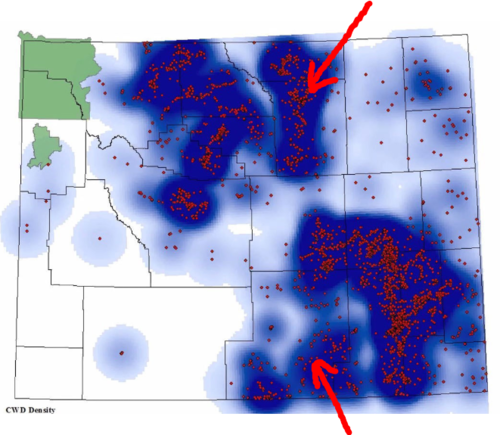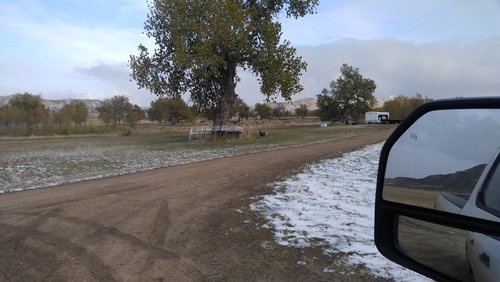BuzzH
Well-known member
How so? Explain more?
Are you serious?
When was the last time you identified a 50-60-200 mile whitetail migration corridor?
Whitetail have a much easier life over-all, they live in soybean fields, alfalfa fields, corn fields.
They reproduce more rapidly than mule deer.
Do I need to go on?






